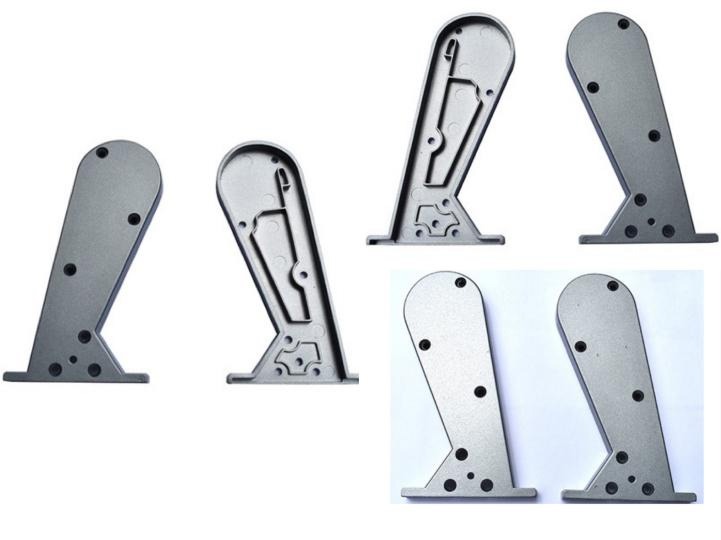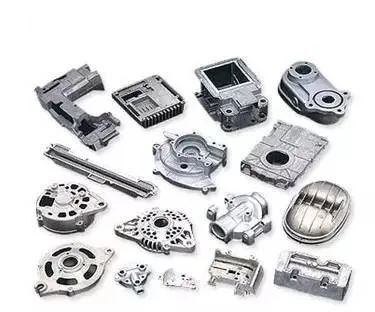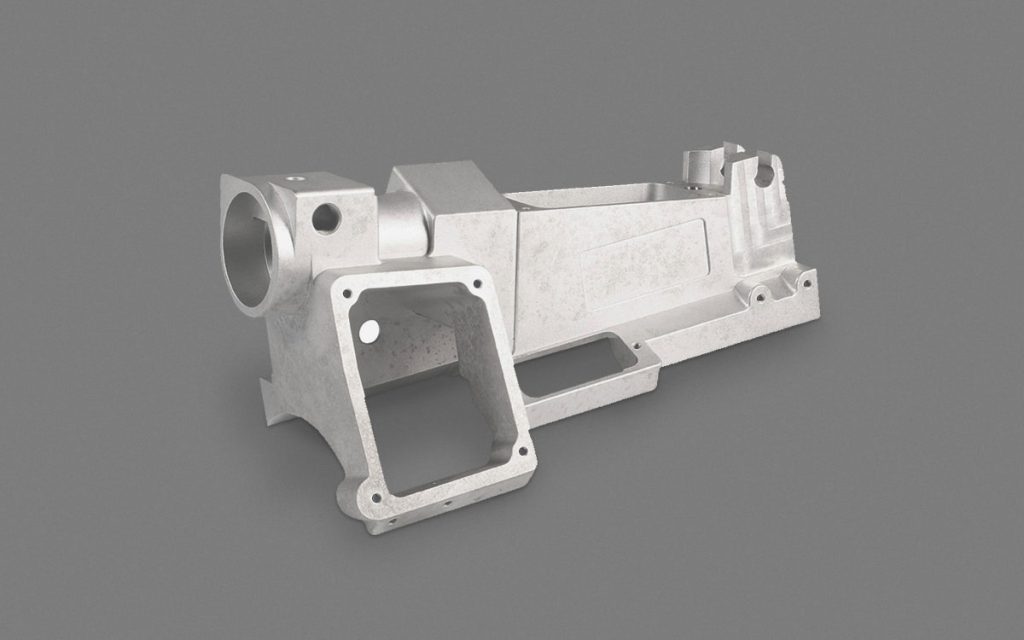Extending the service life of aluminum die-casting molds has always been a concern. Many factors affect the service life of aluminum die-casting molds, such as mold design, mold materials, machining accuracy, surface treatment, and other aspects. Among them, the material is the main internal reason that affects the life of aluminum die-casting molds.
3 Failure Forms of Aluminum Die Casting Molds
1. Hot cracking
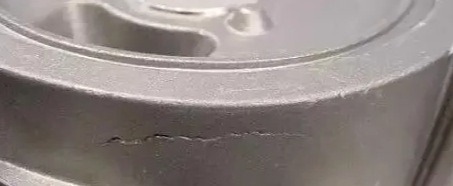
Hot cracking is the most common failure form in aluminum die casting molds. The surface of the crack is oxidized (the surface of the crack of the steel casting is almost black, and the aluminum alloy is dark gray), not smooth, and dendrites can be seen. Cracks are generated and developed along grain boundaries, and the shape is tortuous.
Thermal cracks are generally formed at the surface of the mold cavity or at the location where the internal thermal stress is concentrated. After the crack is created, the stress will be redistributed. When the crack is formed to a certain extent, the crack growth stops due to the stress relaxation caused by the plastic strain. With the increase in the number of cycles, micro-cracks will gradually form near the crack tip, merge with the main crack generated in the initial stage, and the crack will continue to expand. Finally, the cracks will connect to produce network cracks and lead to mold failure.
2. Overall brittle fracture
Overall brittle fracture is caused by mechanical overload or thermal overload caused by accidental factors, resulting in catastrophic fracture of the mold. Due to serious defects in the material or improper operation, the overall brittle fracture phenomenon will occur.
3. Erosion or scour
The molten aluminum alloy enters the cavity at a high speed, resulting in mechanical abrasion of the cavity surface. At the same time, the metal aluminum and the mold material produce brittle iron-aluminum compounds, which become a new source of hot crack initiation. In addition, if aluminum is filled into the crack, the aluminum and the crack wall will form a mechanical effect. The corresponding superposition of this effect and thermal stress occurs, thereby accelerating the rate of crack propagation.
How to Improve Die Casting Mold Life in Terms of Mold Material?
Improving die casting mold life can be crucial for reducing costs and ensuring consistent production quality. The selection of mold materials should be reasonably selected according to various production batches, process methods, types of casting metals, the temperature of casting metals, and the impact and wear of various parts of the die-casting molds by casting metals. Here are some ways to improve die casting mold life in terms of mold material:
- Thermal Fatigue Resistance: Select mold materials with excellent thermal fatigue resistance to withstand the cyclic heating and cooling during the die casting process. This helps prevent cracks and premature failure of the mold. Steels with good thermal conductivity can also help in uniform heat distribution, reducing thermal stress. For hot forging dies, we should choose materials with strong toughness, high strength, good wear resistance, and high resistance to cold and thermal fatigue.
- Hardness and Toughness Balance: Strike a balance between hardness and toughness in the mold material. While higher hardness provides better wear resistance, excessive hardness can lead to increased brittleness and susceptibility to cracking. For molds that are easy to deform and break, it is necessary to choose materials with high hardness and strong toughness. Plastic molds can be made of materials with dense molecular structures and good polishing properties. The punch or die should be matched with dies of different materials or hardness.
- Mold Design Optimization: Work closely with mold designers to optimize the design for better material flow, cooling, and part ejection. A well-designed mold can minimize stresses on the mold material, thereby extending its lifespan. Good die-casting mold manufacturing materials generally have the following characteristics: good forgeability, good machinability, good wear resistance, and corrosion resistance. It has high strength and high red hardness at high temperatures. Good impact toughness, high-temperature oxidation resistance, and tempering stability. Good fatigue resistance, small thermal expansion coefficient, and small heat treatment deformation rate.
- Optimize the ratio of alloying elements: Optimizing the ratio of alloying elements can improve the related properties of die steel. The high alloy content in the steel indicates low plastic toughness in most cases, and more seriously, the thermal conductivity of the steel is significantly reduced. So we better choose high-quality tool steels specifically designed for die casting applications. Steels like H13, H11, and H12 are commonly used due to their high heat resistance, hardness, and wear resistance properties.
- Using pure steel and ultra-pure steel smelting technology: The failure of aluminum die-casting molds is mostly caused by the continuous expansion of fine cracks in the network caused by thermal cycling. Thermal fatigue cracks generally initiate at the location where inclusions are concentrated, especially hard oxide inclusions are the main factors affecting thermal fatigue properties and other properties. Therefore, improving the purity of steel, and improving and perfecting the shape and distribution of inclusions can effectively improve the thermal crack resistance of the mold. The ultra-pure steel smelting technology that has appeared in recent years has greatly reduced the content of impurity elements in the steel, which is conducive to improving the purity of the steel so that the performance of the mold can be greatly enhanced.
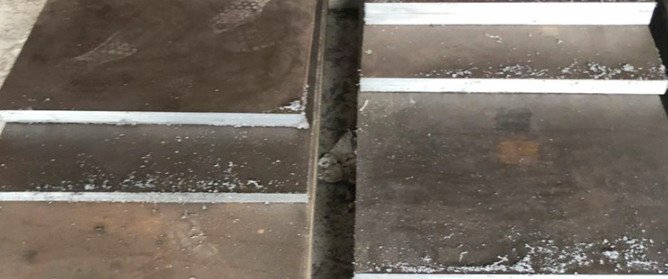
JTR has professional staff and production equipment, which can provide high-quality aluminum die-casting services. If you want to know more about aluminum die casting or related services, please contact us.


